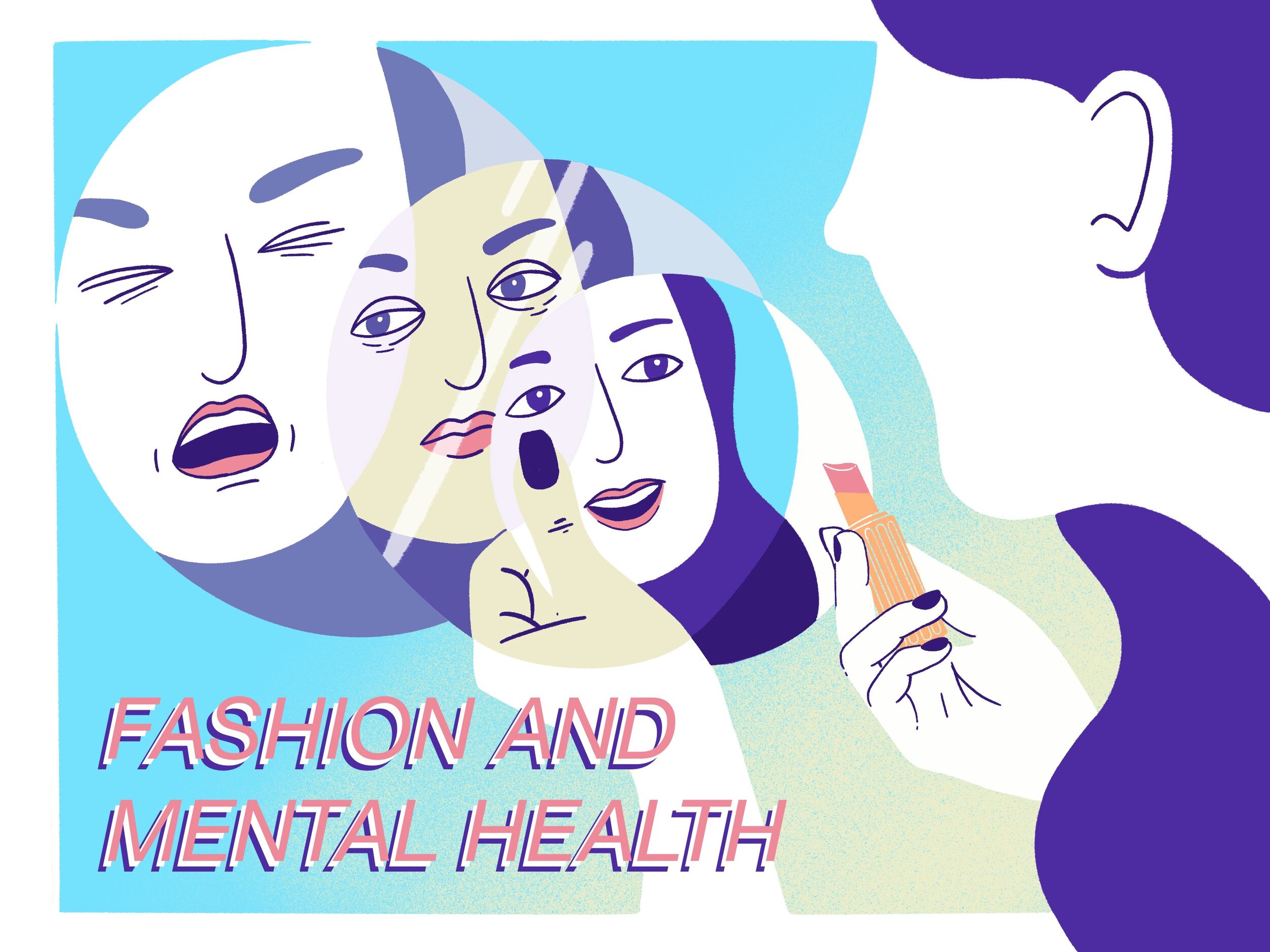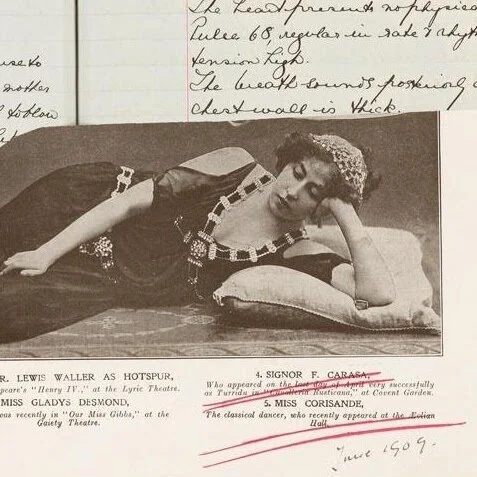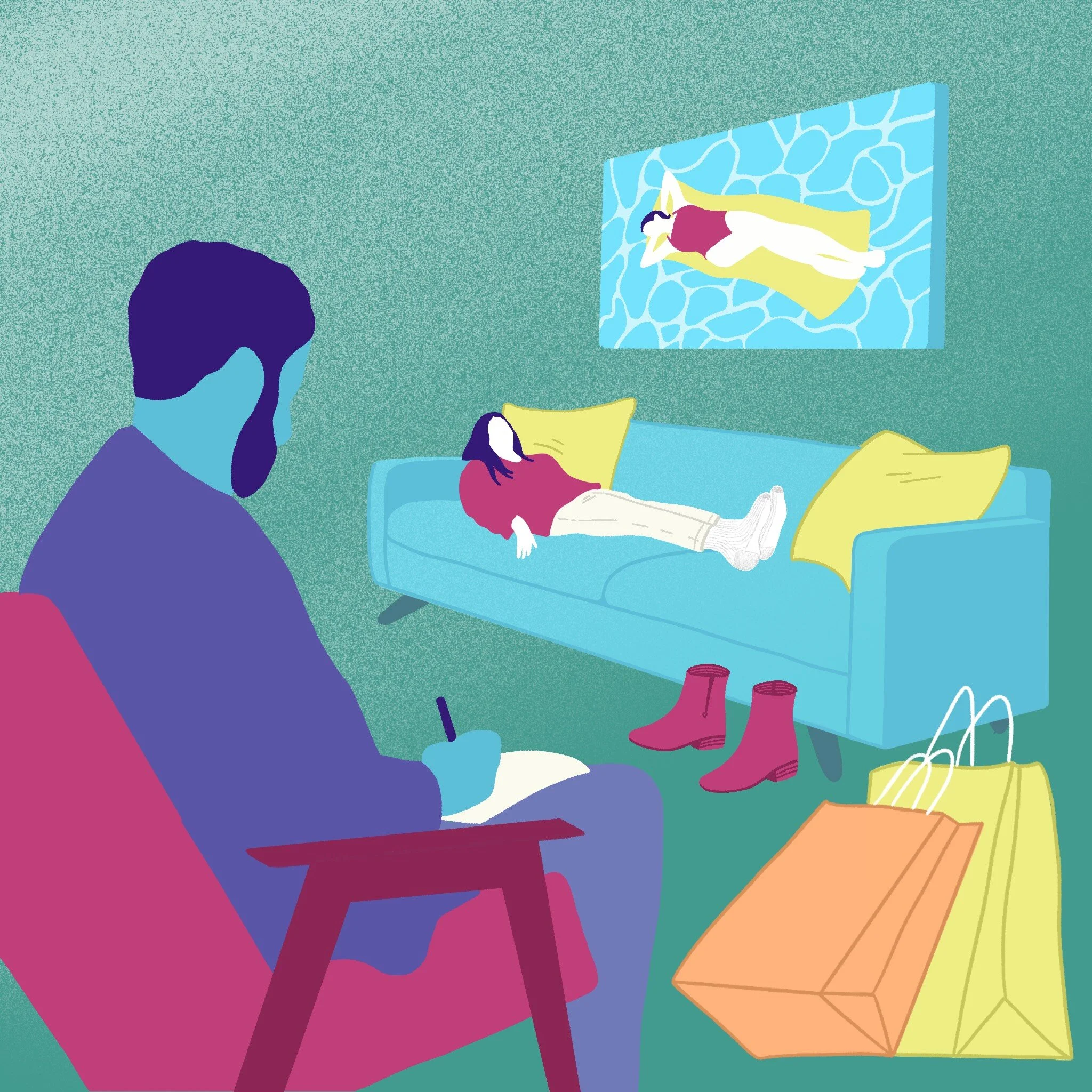MENTAL ILLNESS: VISUAL PERSPECTIVES
Using the photography of Richard Avedon, Francesca Woodman, and Tara Wray, this essay explores how clothing and photography are used to construct, understand, and treat the mentally ill subject — a feminized positionality that is both visible and invisible. Here we can witness how these technologies were used to “fix” the mentally ill subject, in many meanings of the word — giving stable form to complex interior phenomena and producing specimens for others to study.
This essay bridges mad studies, gender studies, literary studies, and fashion studies to examine the ways in which British-born Mexican surrealist artist, writer, and costume designer Leonora Carrington decenters Western rationality in an attempt to theorize a selfhood that is plural and interconnected with all matter.
HEALING THROUGH PRACTICE
MENTAL HEALTH JOURNEYS
I went to graduate school because I was interested in the relationship between fashion and the body. I’ve always liked “old clothes,” and I’m in recovery from an eating disorder, so it wasn’t surprising that I wanted to investigate the connection. Five years later, I often wonder if all I needed was more therapy.
I started seeing a therapist for help with my moods—my blues and my mean reds, or what they more clinically call my anxiety disorder. I told myself I would never bring up that one thing about the clothes. I wouldn’t tell her about my shopping habit.
“When is it okay to start caring about my own appearance again?” Following the recent passing of his father, FSJ editor Anthony Palliparambil, Jr. reflects on the role of dress in the time of grief and mourning.
LABOR AND WORK
“The human experience is a fashion experience. Our expertise, academic or lived practice, is an asset but I feel like it’s getting buried in the performance of relevancy. This might sound like a goodbye letter to working in fashion studies. It’s not. It’s an end to participating in a system that doesn’t fit.” Sarah Byrd reflects on the state of field in fashion studies.
During the pandemic, many people have sought out ‘retail therapy.’ What this familiar term obscures, however, is the experience of the retail workers who become de facto therapists. Made to work in unsafe, unstable conditions, these front-line workers’ mental health was tested more than ever throughout the past year.
DISCOVERY AND BELONGING
A fashion anthropologist and a psychiatrist share their experience and understanding of the aesthetic and ritualistic meaning of the garment of the farda as used during Santo Daime rituals. The farda is a symbolic element and a reflection of one’s spiritual and mental state. It connects the individual and the group, while also symbolizing values of humility, service, and compassion.
The fashion industry is a pillar of our culture’s ageism. ‘Anti-aging’ products reinforce the idea that an older body or face is inherently less valuable. What is the mental health toll on older people experiencing exclusion from the category of acceptable appearances, and how do narratives of self-care through consumption in fact prevent healthy acceptance of natural aging processes?













